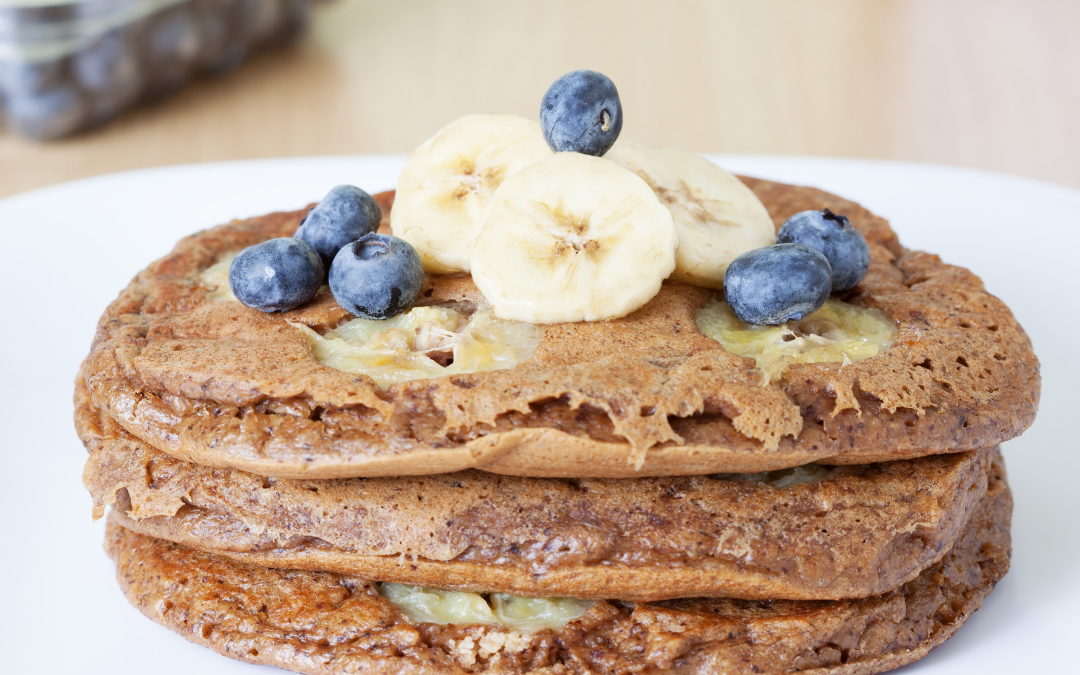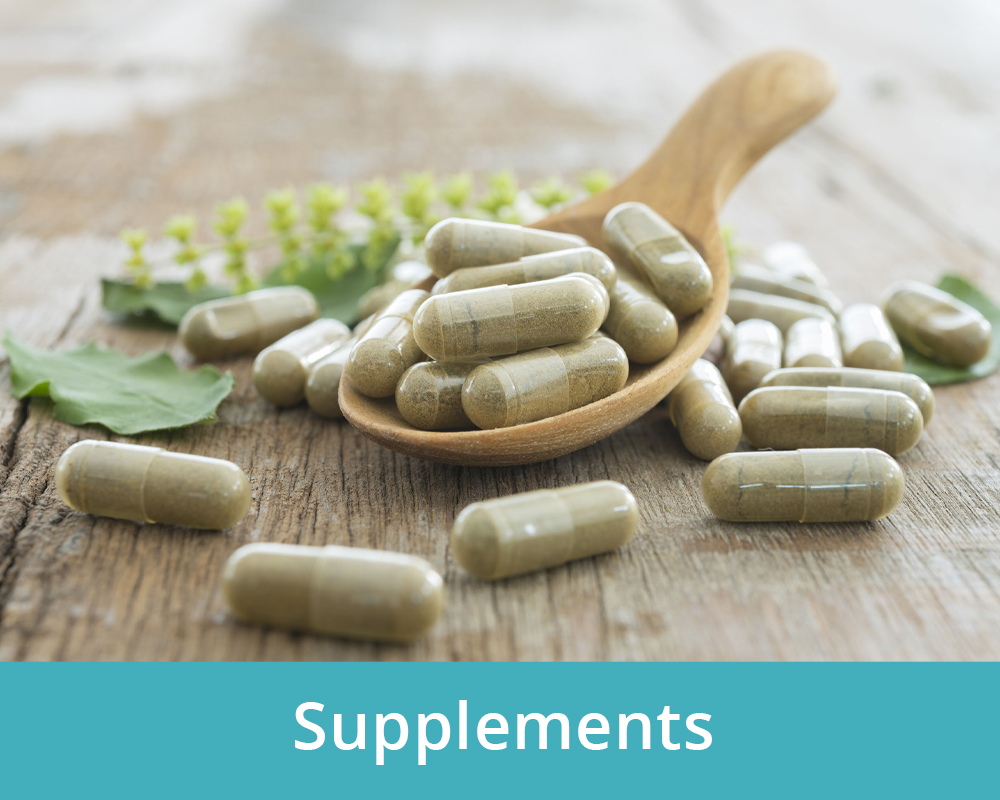
Sweet Whole-Grain Breakfast Pancakes

It is important to get whole grain into your diet. They can help off set many hormones related to diabetes. These are great to batch cook and then pop them in the fridge or freezer and reheat in the toaster for a quick grab and go breakfast.
The two top ingredients is buckwheat and oats. Buckwheat has become popular as a health food due to its high mineral and antioxidant content. Its benefits may include improved blood sugar control.
Buckwheat scores low to medium on the glycemic index (GI) — a measure of how quickly a food raises blood sugar after a meal — and should not cause unhealthy spikes in blood sugar levels.
Some of the soluble carbs in buckwheat, such as fagopyritol and D-chiro-inositol, have been shown to help moderate the rise in blood sugar after meals.
The nutrient composition of oats is well-balanced. They are a good source of carbs and fiber, including the fiber beta-glucan. Oats are also a good source of high quality protein, with a good balance of essential amino acids.
Oats are loaded with important vitamins, minerals, and antioxidant plant compounds.
- Half a cup (40.5 grams) of dry oats contains:
- Manganese: 63.91% of the daily value (DV)
- Phosphorus: 13.3% of the DV
- Magnesium: 13.3% of the DV
- Copper: 17.6% of the DV
- Iron: 9.4% of the DV
- Zinc: 13.4% of the DV
- Folate: 3.24% of the DV
- Vitamin B1 (thiamin): 15.5% of the DV
- Vitamin B5 (pantothenic acid): 9.07% of the DV
- smaller amounts of calcium, potassium, vitamin B6 (pyridoxine), and vitamin B3 (niacin)
Whole oats are high in antioxidants and beneficial plant compounds called polyphenols. Most notable is a unique group of antioxidants called avenanthramides, which are almost solely found in oats.
Research has found that avenanthramides may help lower blood pressure levels by increasing the production of nitric oxide gas. This gas molecule helps dilate (widen) blood vessels, which may lead to better blood flow.
To make it fun for kids use a cookie cutter to make fun shapes. Just spray the interior of the cookie cutter with cooking spray to keep the batter from sticking and then pour the batter into the cookie cutter. Make sure you use metal and not plastic cookie cutters.
Sweet Whole-Grain Breakfast Pancakes
Ingredients
- 1 1/2 cups rolled oats
- 3/4 cup whole-wheat flour
- 1 cup buckwheat flour
- 1 1/4 tbsp baking powder
- 1/8 tsp sea salt
- 4 egg whites
- 2 1/2 cups butter milk or plain kefir
- 2 tbsp avocado, sunflower or safflower
- 1 tbsp best quality vanilla
- 1 1/2 tbsp organic honey
- eat-clean cooking spray
Notes
- Place all dry ingredients in a medium-sized mixing bowls. In another medium-sized mixing bowl add wet ingredients and mix until blended Mixture can still be a little lumpy. Let it sit on counter for half an hour until oats soften.
- Spray a skillet or griddle with cooking spray.over medium heat. Using ladle add 120 ml of batter onto hot skillet. Leave until they are lightly brown and bubbles show.on pancakes surface. Flip and cook on reverse side.












